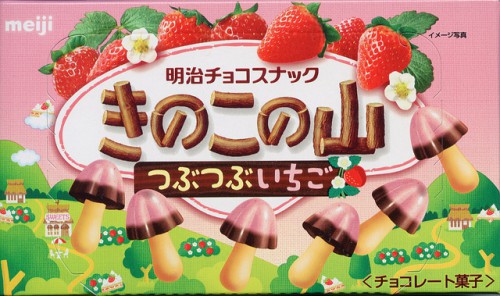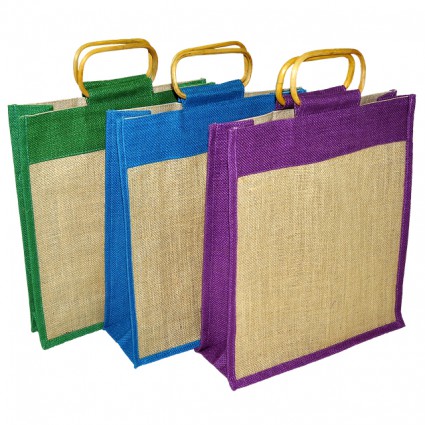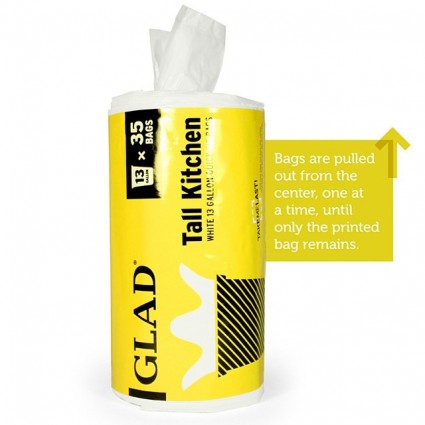It may sound a bit cliché but there is very little in this world that is universal aside from time and mathematics. So, when it comes to planning your packaging it makes a lot of sense for you to consider the ramifications of using the same design or materials everywhere. Colors, specifically, can evoke a completely different emotional response from certain cultures.
Here are just a few ways that you should modify your packaging to appeal to different cultures:
multi-lingual
While English may be the official language of business, it isn’t spoken by everyone. In fact, only around 27% of the world currently speak English – that’s including people who have it as a second language. If your product is sent to several different countries then you need to make sure that each specific country’s language needs are met through your packaging.
appeal to the audiences
If you’ve ever traveled internationally then you will have undoubtedly have noticed that there are huge difference between supermarkets in the UK and abroad. Japan for example have very bright and vibrant packaging on almost everything, utilizing cartoons and drawings to the max. Swiss packaging on the other hand is very subtle and understated, using plain colors bold writing and minimalist imagery. Luxury products in the UK are often packaged in black block bottom bags, whereas in China it is considered very bad to use black for packaging as it hints at death.
You may think that by standing out from the crowds and doing the opposite of what everyone else has done may boost your sales, but you’d be wrong. This packaging reflects what is desirable within their culture and therefore to appeal your product also needs to look desirable from the onset.
being green
In recent years there has been a huge increase in the awareness of being environmentally friendly. This has created a large culture of eco-warriors, people who only buy products that are environmentally sourced and packaged responsively. Some countries are also beginning to take this approach and offer many benefits to companies who embrace sustainability and eco-friendliness.
There are many types of environmentally friendly packaging you can use, including biodegradable materials, recycled and recyclable packaging and natural materials like bamboo. If you know that being environmental friendly is a large part of the culture then it can seriously pay off to invest in this type of packaging solution.
innovative packaging
Packaging may be a necessity for some products, but if you can think of a way to make it innovative and useful then you may be able to increase sales exponentially. Try to come up with a design that is like nobody else on the market and really grabs the attention of the individual. Some clever designs will work across a wide range of cultures, especially if they are practical or have further uses once their packaging function is spent.
Occasionally you can accidentally stumble upon innovative packaging without even realizing it. One very obvious example of this is Neerlandia, a Dutch producer of powdered milk, who found real success in Africa. However, when trying to cut costs by introducing aluminum foil packs instead of tin cans they found that their sales hit rock bottom. Upon investigation it was found that the people buying the powdered milk were using the tin boxes for a wide range of purposes including cookware and building blocks.
standardization vs. localization
The one problem that does arise from adapting your packaging to suit specific cultures is that you lose out on standardization. With global brands this can be a very difficult decision to make, especially considering that having a consistent brand can help you maintain your legitimacy. In this situation you need to decide whether you are aiming to increase your performance in certain areas or maintain a consistent presence regardless of performance.
Packaging standardization can be efficient and if it does universally work then it can be one of the best things for your business. However, if it isn’t working then you need to begin looking at ways to localize your packaging in order to appeal to specific cultures. Do some research, find out about the cultural preferences of your target audience and make adaptations designed based on your findings. This one simple little change could be the one thing that’s holding your product back from being a best seller.
[via packaging of the world]




